Window AC vs. Split AC – Which is Best for Home?
Introduction
Window AC and split AC are both types of air conditioning systems used in residential and commercial spaces. But they differ in their installation and design.
While both serve the same purpose of providing comfort in hot weather, they differ in terms of installation, aesthetics, cooling capacity, energy efficiency, noise levels, maintenance, and cost.
Understanding the differences between these two types of AC units can help individuals make an informed decision when choosing the most suitable option for their specific needs.
In the following sections, we will delve into each of these factors and compare Window AC and Split AC to assist in the decision-making process.
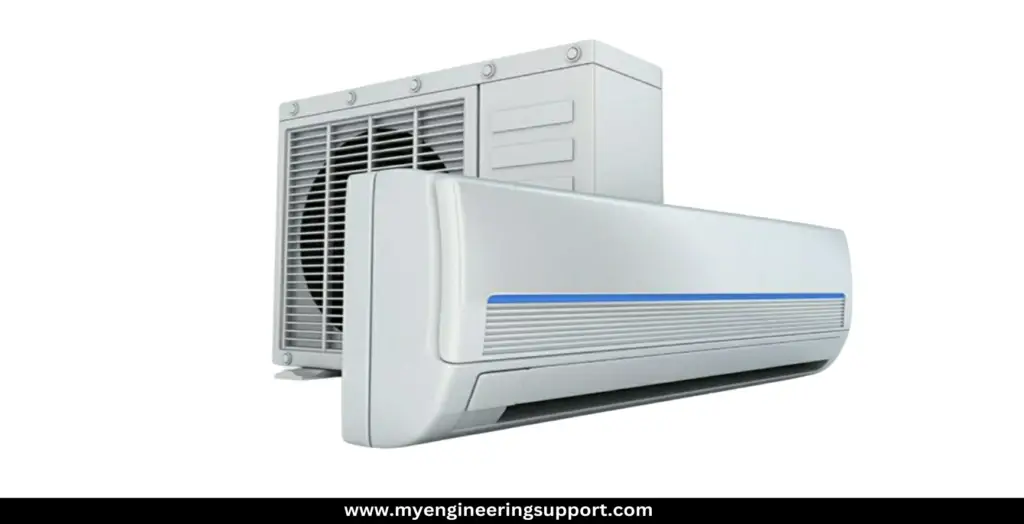
Installation
Window AC units are self-contained systems that are designed to be installed through a window or a specially designed opening in a wall. The unit consists of a single housing that contains all the components, including the compressor, condenser, evaporator, and fan. The installation process involves placing the unit in the window or wall opening, securing it in place, and sealing any gaps to ensure proper insulation. The electrical connections are typically made through a nearby electrical outlet. They are relatively easier and less expensive to install compared to Split AC units.
Split AC systems consist of two separate units: the indoor unit and the outdoor unit. The indoor unit, which contains the evaporator coil and the cooling fan, is installed inside the room. It is typically mounted on a wall or suspended from the ceiling. The outdoor unit, housing the compressor, condenser coil, and fan, is placed outside the building, usually on a wall or on the ground. The installation process requires professional assistance as it involves connecting the indoor and outdoor units through refrigerant lines, electrical wiring, and drainage pipes. Holes may need to be drilled in the walls for these connections. The outdoor unit also requires a stable and level base for proper installation.

Aesthetics
Window AC units are typically visible from both the inside and outside of the building. They are designed to fit in a window or a specially designed opening in a wall. The unit protrudes from the window or wall and can obstruct the view to some extent. Window AC units are generally bulkier and have a box-like appearance. Their design and placement can affect the aesthetics of both the interior and exterior of the building.
Split AC systems offer better aesthetics compared to Window AC units. The indoor unit, which is mounted on the wall or ceiling inside the room, has a sleek and compact design. It blends well with the interior decor and takes up minimal space. The indoor unit is relatively unobtrusive and does not obstruct the view or disrupt the room’s aesthetics. The outdoor unit, located outside the building, is also designed to be visually appealing and often has a slim profile. The discreet appearance of the Split AC system helps maintain the overall appearance of the building.
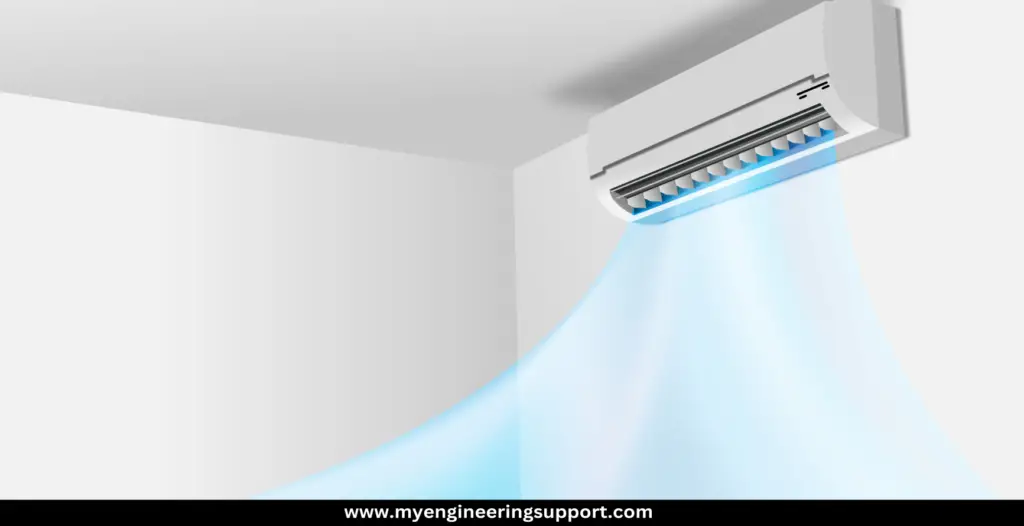
Cooling Capacity
Window AC units are available in various cooling capacities to suit different room sizes. They typically range from around 5,000 BTU (British Thermal Units) for small rooms to 25,000 BTU or more for larger spaces. The cooling capacity is specified by the manufacturer and is an important consideration when selecting a window AC unit. It is essential to choose a unit with an appropriate cooling capacity that matches the size of the room to ensure effective and efficient cooling.
Split AC systems also come in a wide range of cooling capacities to accommodate different room sizes. The cooling capacity of a split AC is determined by the combined capacity of the indoor and outdoor units. The indoor unit’s cooling capacity generally ranges from around 9,000 BTU to 36,000 BTU or more. The outdoor unit’s capacity is matched to the indoor unit to ensure optimal performance. Split AC systems offer more flexibility in terms of cooling capacity options, allowing for efficient cooling of both small and large areas.
Energy Efficiency
Window AC units are generally less energy-efficient compared to Split AC systems. They may consume more electricity to provide the same cooling capacity due to their design and limitations.
Split AC systems are more energy-efficient as they can incorporate advanced features such as inverter technology, which adjusts the compressor speed based on the cooling requirements. This results in reduced energy consumption and improved efficiency.
Due to the following aspects, Split AC systems are more energy-efficient
1). Inverter Technology: Split AC units often incorporate inverter technology, which allows the compressor to adjust its speed according to the cooling needs. This results in energy savings as the compressor doesn’t have to constantly start and stop, consuming less power.
2). Zoning Capability: Split AC systems offer the option of zoning, where you can control the cooling in different zones or rooms separately. This allows you to cool only the areas that are being used, saving energy by avoiding unnecessary cooling in unoccupied spaces.
3). Better Insulation: Split AC systems have a separate indoor unit that is installed inside the room. This design minimizes air leakage and ensures better insulation, preventing the loss of cool air and improving overall energy efficiency.
4). No Air Leakage: Window AC units, being installed through a window or wall opening, can have more air leakage compared to Split AC systems. This air leakage can result in the entry of warm air from outside and the loss of cool air, leading to reduced energy efficiency.
5). Improved Design: Split AC units are typically designed with advanced components and features that enhance energy efficiency. These include high-efficiency compressors, improved heat exchangers, and optimized airflow design, all contributing to lower energy consumption.
Noise
Window AC units tend to produce more noise compared to Split AC systems. The noise level can be bothersome, especially for light sleepers or in areas where low noise levels are desired.
Split AC systems are quieter as the noisy components, such as the compressor and condenser, are placed in the outdoor unit. The indoor unit operates silently, providing a more peaceful and comfortable environment.
Maintenance and Repairs
Window AC units are relatively easier to maintain and repair. Cleaning the filters and maintaining the condenser coil can be done by the user. However, if any major repair or component replacement is required, professional assistance is recommended.
Split AC systems require professional maintenance and repairs. The indoor unit filters still need regular cleaning, but servicing the outdoor unit, including the compressor and condenser, requires expertise and professional attention.
Maintenance and Repairs of Window AC
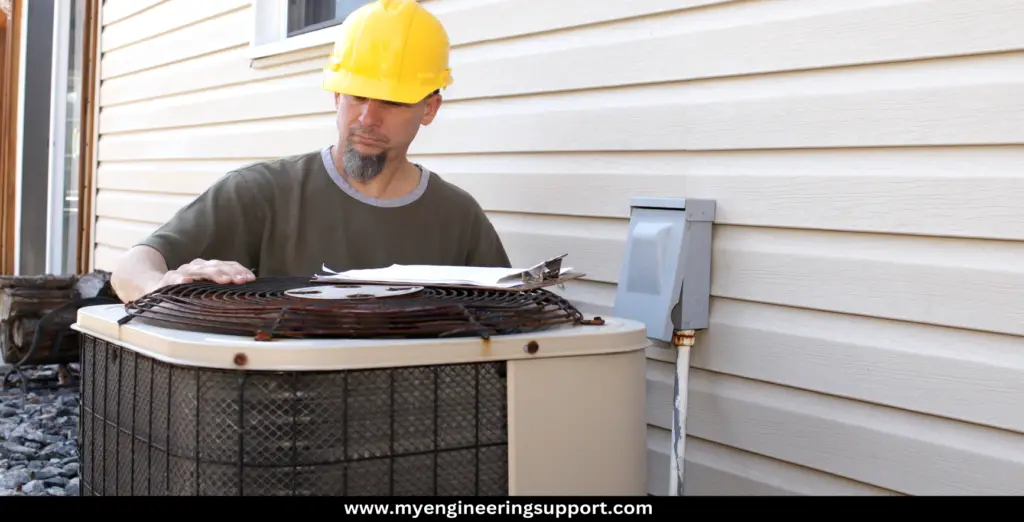
Condenser Coil – The condenser coil of a Window AC may accumulate dirt and debris over time, which can affect the unit’s cooling performance. Cleaning the condenser coil is necessary to maintain optimal efficiency. It is recommended to hire a professional technician for this task.
Drains and Drainage System – Window AC units have drainage systems to remove condensate. It is important to check and clean the drains periodically to prevent blockages and ensure proper functioning.
Fan and Blower – The fan and blower in a Windows AC unit may require cleaning or lubrication to maintain smooth operation. Regular inspection and maintenance of these components are necessary to avoid issues such as noisy operation or reduced airflow.
Electrical Components – The electrical components of a Window AC, including the power cord and control panel, should be inspected for any signs of wear or damage. It is crucial to address any electrical issues promptly and seek professional assistance if needed.
Maintenance and Repairs of Split AC
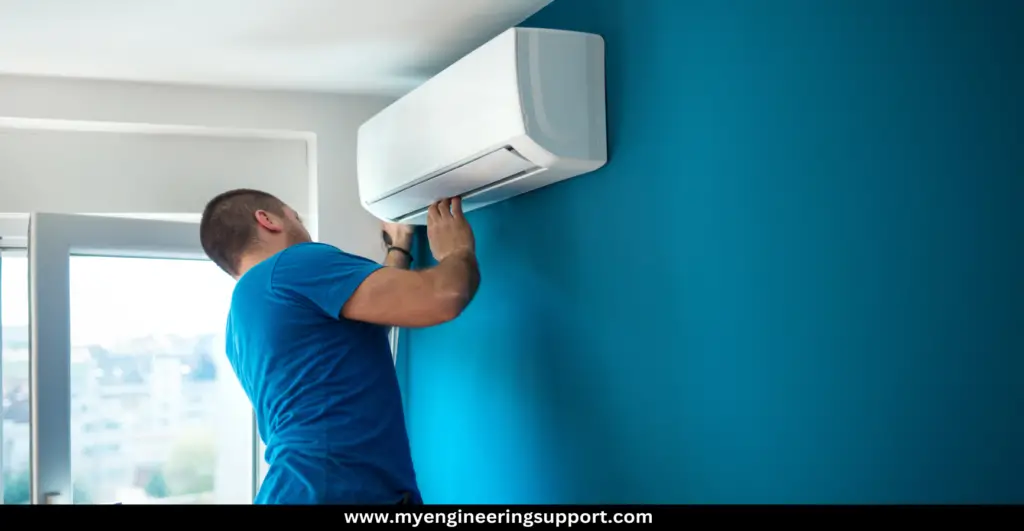
Condenser Coil – The condenser coil of the outdoor unit in a Split AC can accumulate dust, dirt, and debris. Cleaning the condenser coil is essential to ensure efficient heat transfer and optimal performance. Professional assistance is recommended for this task.
Refrigerant Levels – Split AC systems require proper refrigerant levels for effective cooling. If there is a refrigerant leak or insufficient refrigerant, it can impact the cooling capacity and efficiency of the system. Professional technicians are trained to handle refrigerant-related issues.
Compressor and Fan Motors – The compressor and fan motors in the outdoor unit may require regular maintenance and lubrication. Proper lubrication helps in smooth operation, reduces friction, and extends the lifespan of these components.
Electrical Connections – It is important to inspect and tighten the electrical connections in a Split AC system to prevent loose connections, electrical faults, or short circuits. Any electrical repairs or adjustments should be carried out by a qualified technician.
Remote Control and Thermostat: The remote control and thermostat of a Split AC should be checked for proper functioning. If there are any issues with temperature control or programming, it is advisable to consult the user manual or contact the manufacturer for assistance.
Cost
Window AC units are generally less expensive to purchase and install compared to Split AC systems. They are a more budget-friendly option, especially for cooling smaller spaces.
Split AC systems are typically more expensive to purchase and install due to the separate indoor and outdoor units. The professional installation cost adds to the overall expenses. However, their energy efficiency and long-term cost savings can offset the initial investment.
What are the differences between Window AC vs. Split AC
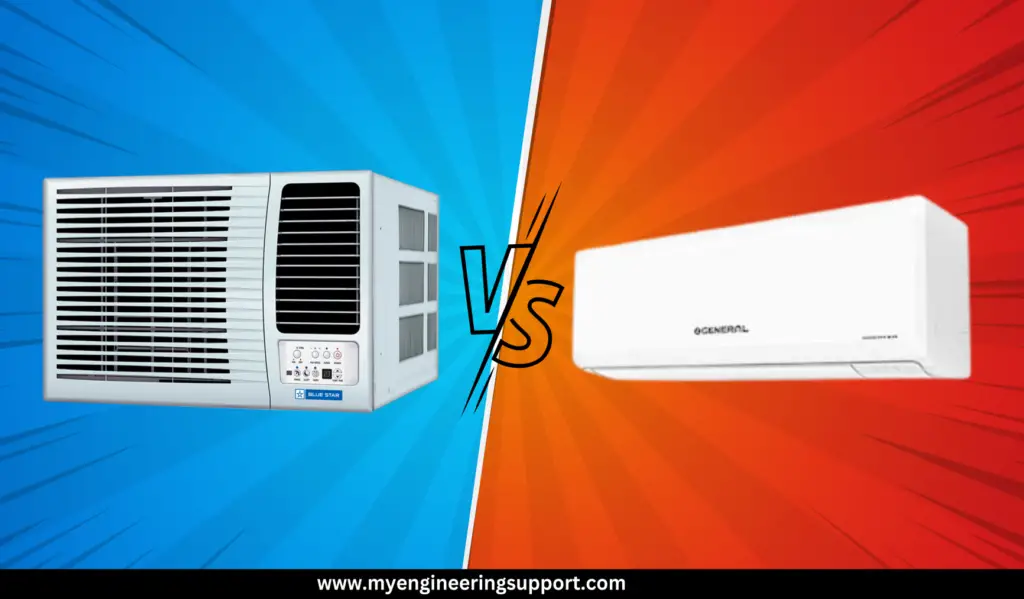
|
Sl. No. |
Window AC |
Split AC
|
|
1 |
The evaporator and compressor both are available in the same unit. |
In the split AC, the evaporator is available in the inside unit, and the compressor is available in the outside unit. |
|
2 |
window AC has a single unit |
While Split AC is divided into two units. |
|
3 |
The compressor of the window AC is near the room, so it produces more noise in the room. |
The noise of the compressor is very less in the room because it is placed outside the room. |
|
4 |
Window AC requires more space. |
While Split AC requires less space. |
|
5 |
Window AC can be placed or fitted in the window only. |
The indoor unit can be mounted at any suitable location in the room as per the user’s choice. |
|
6 |
Difficult to relocate. |
Easy to relocate. |
|
7 |
The installation of the Window AC is very easy. |
The installation of the Split AC is complicated. |
|
8 |
A technician is not required for the installation of this AC. |
The technician is required for the installation of Split AC. |
|
9 |
Installation charges for Window AC are low. |
Installation charges of Split AC are also high. |
|
10 |
Window AC does not increase the beauty of the house. |
Spit AC has a good appearance and increases the beauty of houses |
|
11 |
It consumes more electricity compared to a split AC. |
It consumes less electricity compared to the window AC. |
|
|
Its cost is less than the split AC. |
Its cost is more than the window AC. |
|
12 |
Generally suitable for the cooling of small areas. |
Suitable for cooling both small and large areas. |
Conclusion
Choosing between a Window AC and a Split AC depends on various factors such as the cooling requirements, installation limitations, budget, and aesthetic preferences. Window AC units are simpler, cost-effective, and suitable for smaller spaces. On the other hand, Split AC systems offer better aesthetics, energy efficiency, and flexibility in cooling capacity. It is recommended to assess.
Suggested Products to buy:-


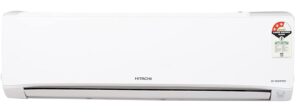
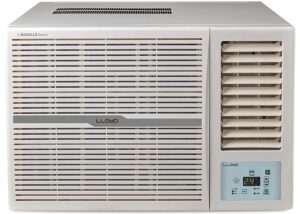

Bar Bending Schedule (BBS) Basics Part -1

I hope this information can be useful for you guys.
If you like this article then please share it with your friends & also like our Facebook Page and join our Telegram Channel.
If you want a PDF copy of this, Do let’s know by commenting & you can message us on our Instagram & telegram channel, or you can download it from the top right-hand corner of this post.

Thanks For the Great Attention!
Good Bye & Take Care
Happy Learning
Also, Read,
All About AAC Block – An Ultimate Guide
AAC Blocks Manufacturing Process – An Ultimate Guide
How To Check The Quality of AAC Block
MDF VS Particle Board – 15 Important Differences
Flush Door vs Wooden Panel Door
Related Video


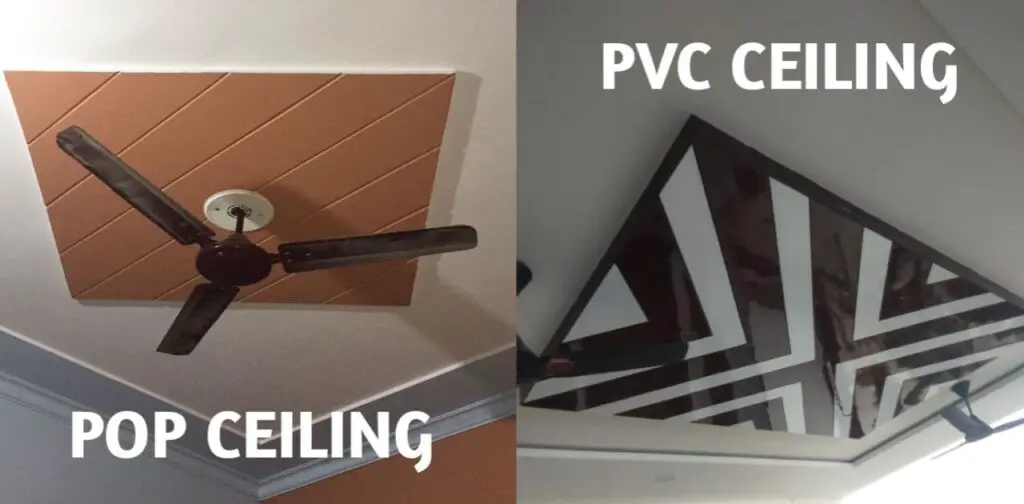

Meaning to start up a corporation hosted ability uncovering your products or services along with agencies not just in individuals near to you, on the contrary a lot of prospective clients that are cyberspace oftentimes. educational
You made some respectable factors there. I seemed on the web for the problem and found most people will associate with with your website.
Fine website, in which did you come up with the info in this piece? I¡¯m pleased I uncovered it though, ill be checking back quickly to find out what other content articles you might have.
Well, this Thursday I read through a couple of your posts. I must say this is one of your better ones. x
Heya this is kinda of off topic but I was wanting to know if blogs use WYSIWYG editors or if you have to manually code with HTML. I’m starting a blog soon but have no coding knowledge so I wanted to get guidance from someone with experience. Any help would be greatly appreciated!
I was on MySpace looking for bulk womens apparel groups, when I found a link to this blog, glad I stopped by!!! Thanks!!!!
I’m curious to find out what blog platform you have been utilizing? I’m having some small security problems with my latest site and I’d like to find something more risk-free. Do you have any suggestions?
Simply wanna say that this is extremely helpful, Thanks for taking your time to write this.
Wow, amazing blog layout! How long have you been blogging for? you made blogging look easy. The overall look of your site is magnificent, let alone the content!
Hi there! I could have sworn I’ve been to this website before but after reading through some of the post I realized it’s new to me. Anyhow, I’m definitely glad I found it and I’ll be book-marking and checking back often!
This would be the appropriate blog for everyone who really wants to discover this topic. You understand a great deal its virtually difficult to argue to you (not too I personally would want…HaHa). You actually put the latest spin over a topic thats been written about for several years. Great stuff, just excellent!
A lot of thanks for your whole hard work on this web page. My mother enjoys setting aside time for internet research and it is easy to understand why. All of us know all regarding the powerful tactic you provide simple suggestions through the blog and improve contribution from some other people about this idea and our own simple princess is certainly studying so much. Take pleasure in the remaining portion of the new year. Your performing a pretty cool job.
But wanna input that you have a very decent internet site , I like the design and style it really stands out.
fantastic post, very informative. I wonder why the other specialists of this sector do not notice this. You must continue your writing. I am confident, you have a great readers’ base already!
You made some decent points there. I looked on the web for the problem and located most people is going coupled with with the web site.
Some things in here I have not thought about before. Thanks for making such a cool post which is really very well written will be referring a lot of friends about this. Keep bogging.
I am usually to blogging i truly appreciate your articles. Your content has really peaks my interest. I am about to bookmark your site and keep checking for brand spanking new details.
cheap auto insurance quotes online… […]the time to read or visit the content or sites we have linked to below the[…]…
Oh i really envy the way you post topics, how i wish i could write like that…`-;
Thanks, I have been searching for info about this subject matter for ages and yours is the best I have found so far.
Hi mate, .This was a great page for such a difficult subject to talk about. I look forward to seeing more excellent posts like these. Thanks
I not to mention my friends were found to be going through the excellent tips from your web page and so all of a sudden came up with an awful feeling I had not expressed respect to the web blog owner for those strategies. Those boys had been so passionate to see all of them and now have unquestionably been making the most of them. Many thanks for truly being really accommodating as well as for deciding on these kinds of nice tips millions of individuals are really desirous to learn about. Our own sincere regret for not expressing gratitude to you sooner.
When I initially commented I clicked the “Notify me when new comments are added” checkbox and now each time a comment is added I get three e-mails with the same comment. Is there any way you can remove me from that service? Thanks a lot!
I enjoy the dear information you offer to your articles. I will bookmark your site and have the kids have a look at up here generally. Im fairly positive theyre likely to be informed quite a lot of new stuff here than anyone else!
An fascinating discussion may be worth comment. I do think that you need to write regarding this topic, it might become a taboo subject but typically individuals are not enough to communicate in on such topics. To a higher. Cheers
kitchen furnitures need to be well maintained that is why we always coat them with clear coat varnishes to protect them from the elements,.
I’d ought to consult with you here. Which is not some thing I usually do! I enjoy reading a post that could get people to think. Also, thank you permitting me to comment!
I believe one of your advertisements caused my web browser to resize, you might want to put that on your blacklist.
I am often to blogging i genuinely appreciate your posts. The content has really peaks my interest. My goal is to bookmark your site and maintain checking for new information.
Undeniably believe that which you stated. Your favorite justification appeared to be on the internet the easiest thing to be aware of. I say to you, I certainly get irked while people consider worries that they just do not know about. You managed to hit the nail upon the top and also defined out the whole thing without having side-effects , people could take a signal. Will probably be back to get more. Thanks .Chlebek Dukana
Youre so cool! I dont suppose Ive read anything this way before. So nice to find somebody by incorporating original thoughts on this subject. realy appreciation for starting this up. this fabulous website is something that is required on the net, somebody if we do originality. beneficial work for bringing something new towards the world wide web!
Youre so cool! I dont suppose Ive learn anything like this before. So good to find someone with some unique thoughts on this subject. realy thank you for beginning this up. this website is one thing that’s wanted on the web, someone with a bit originality. helpful job for bringing one thing new to the web!
Needed to post you that very small remark just to thank you so much as before considering the pleasant information you’ve discussed above. This has been simply particularly generous with people like you to allow unreservedly what exactly a lot of people would’ve offered for sale as an e-book to help make some money on their own, chiefly seeing that you might have tried it in case you wanted. The creative ideas as well served as the fantastic way to fully grasp someone else have the identical keenness really like my very own to find out more and more with regards to this issue. I’m sure there are numerous more pleasurable times up front for folks who look over your site.
I am lucky that I discovered this web site, just the right info that I was looking for!
Woah! I’m really enjoying the template/theme of this website. It’s simple, yet effective. A lot of times it’s challenging to get that “perfect balance” between superb usability and visual appearance. I must say you’ve done a fantastic job with this. Also, the blog loads super quick for me on Opera. Outstanding Blog!
When I originally commented I clicked the -Notify me when new surveys are added- checkbox and after this every time a comment is added I recieve four emails using the same comment. Could there be in whatever way you may eliminate me from that service? Thanks!
Very interesting information!Perfect just what I was looking for!
I’m impressed, I must say. Really rarely can i encounter a blog that’s both educative and entertaining, and let me tell you, you’ve got hit the nail for the head. Your notion is outstanding; the pain is something which there are not enough everyone is speaking intelligently about. We are very happy that we stumbled across this during my try to find some thing concerning this.
When I originally commented I clicked the -Notify me when new comments are added- checkbox and already each time a comment is added I am four emails concentrating on the same comment. Will there be in whatever way you may eliminate me from that service? Thanks!